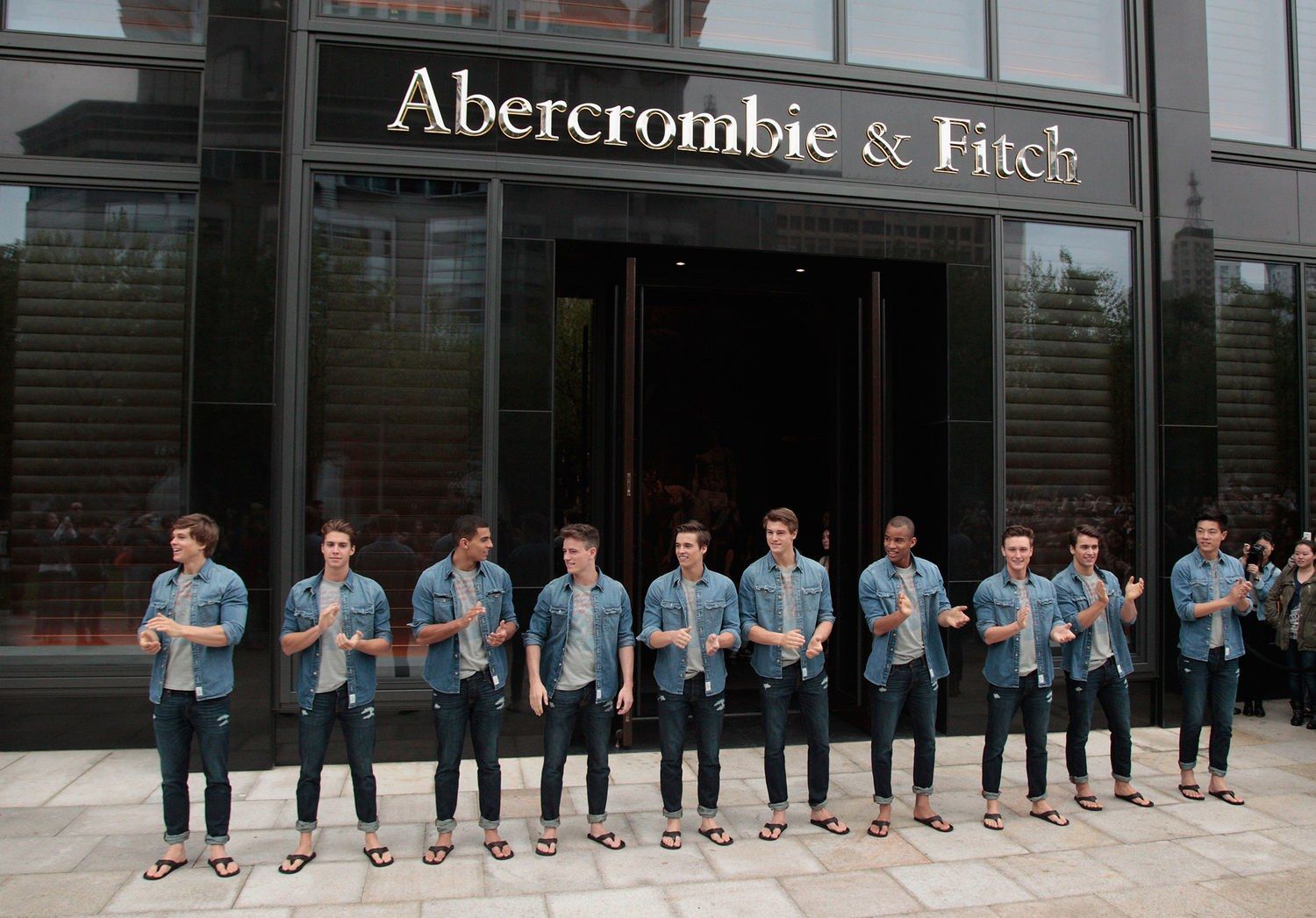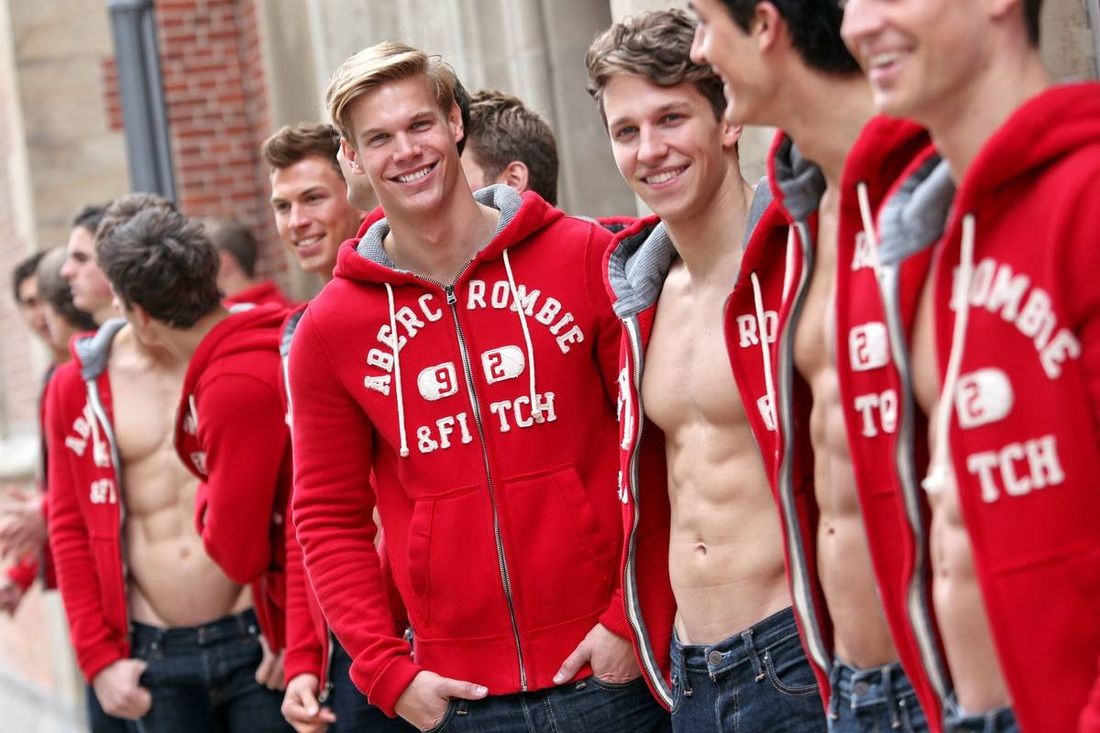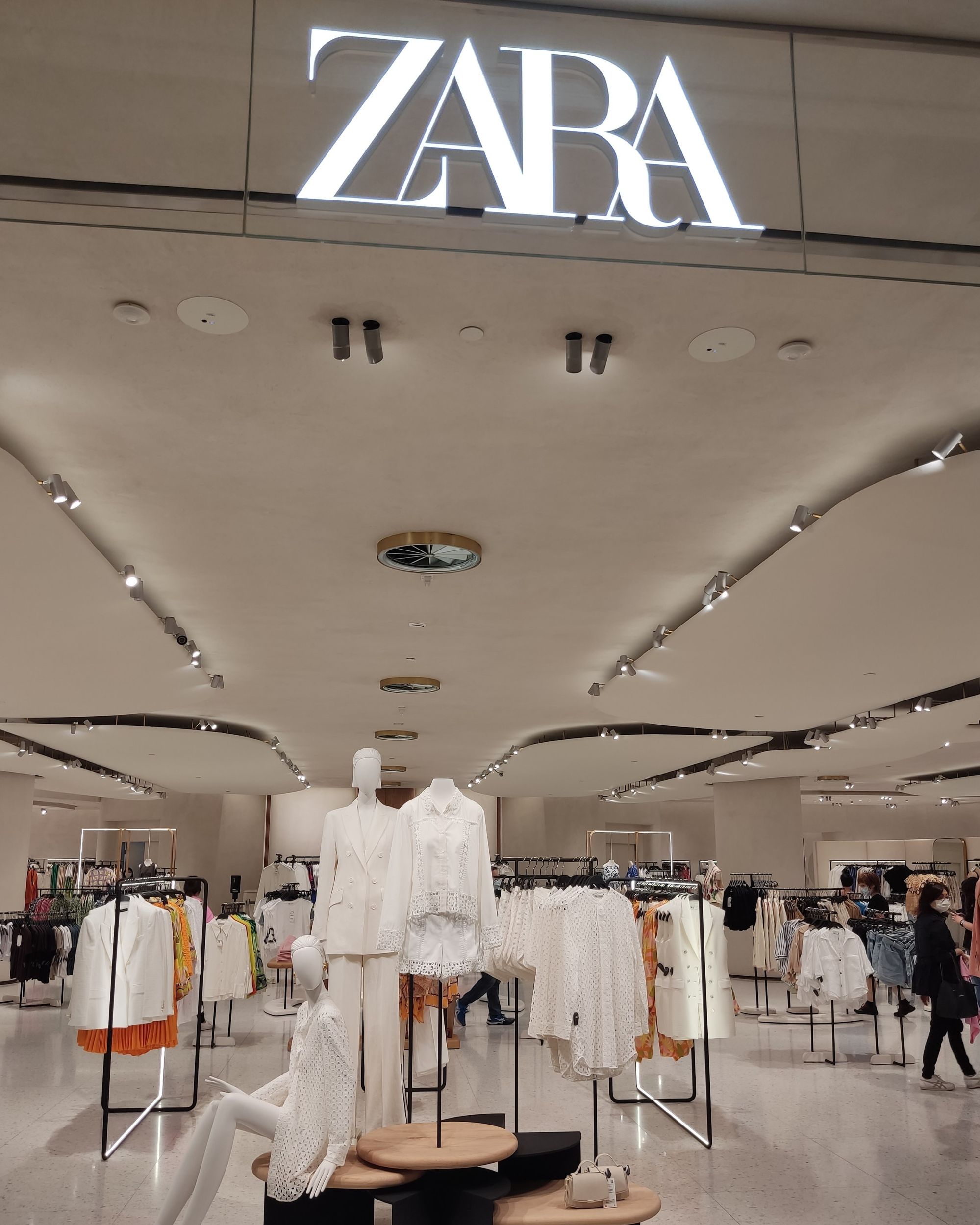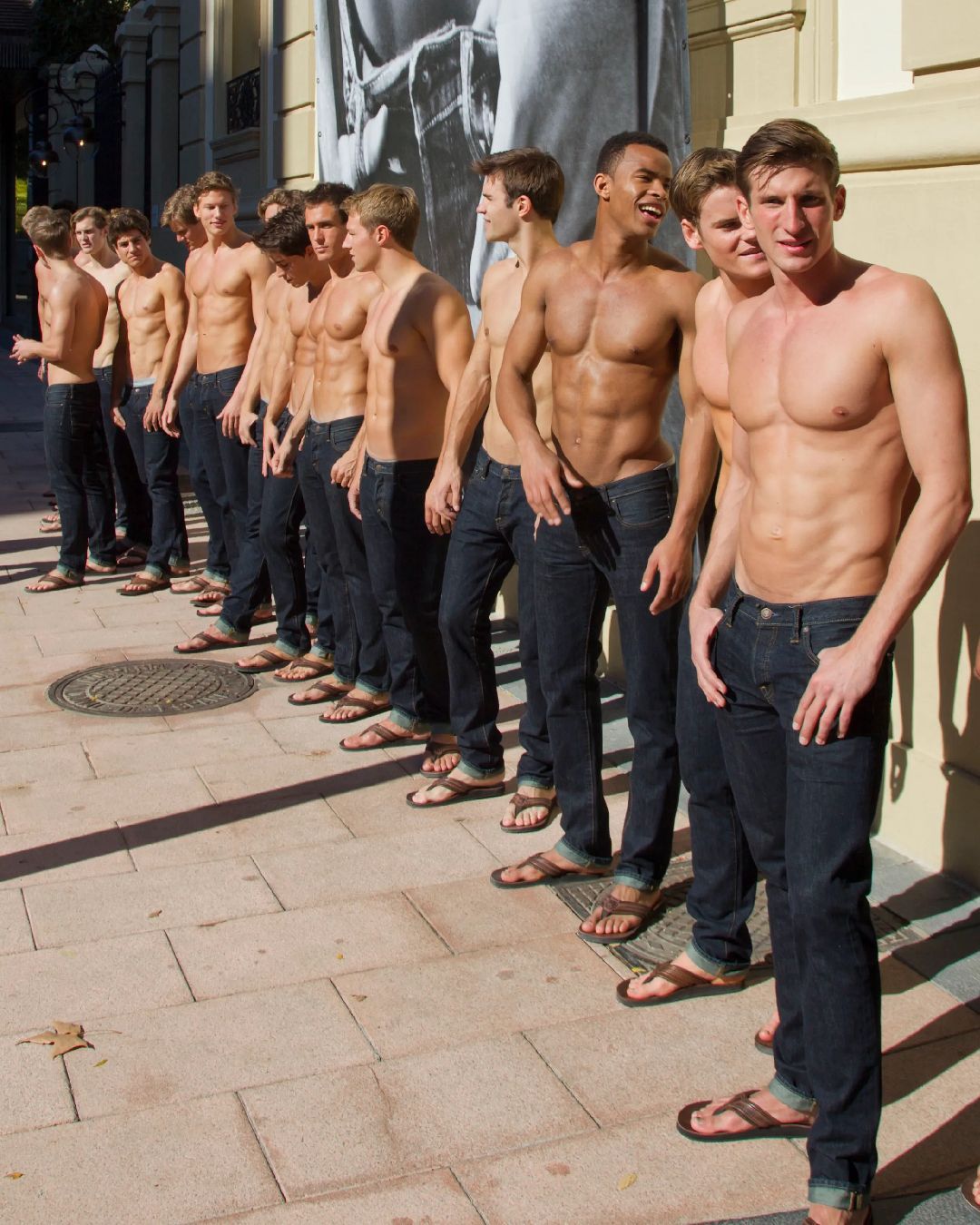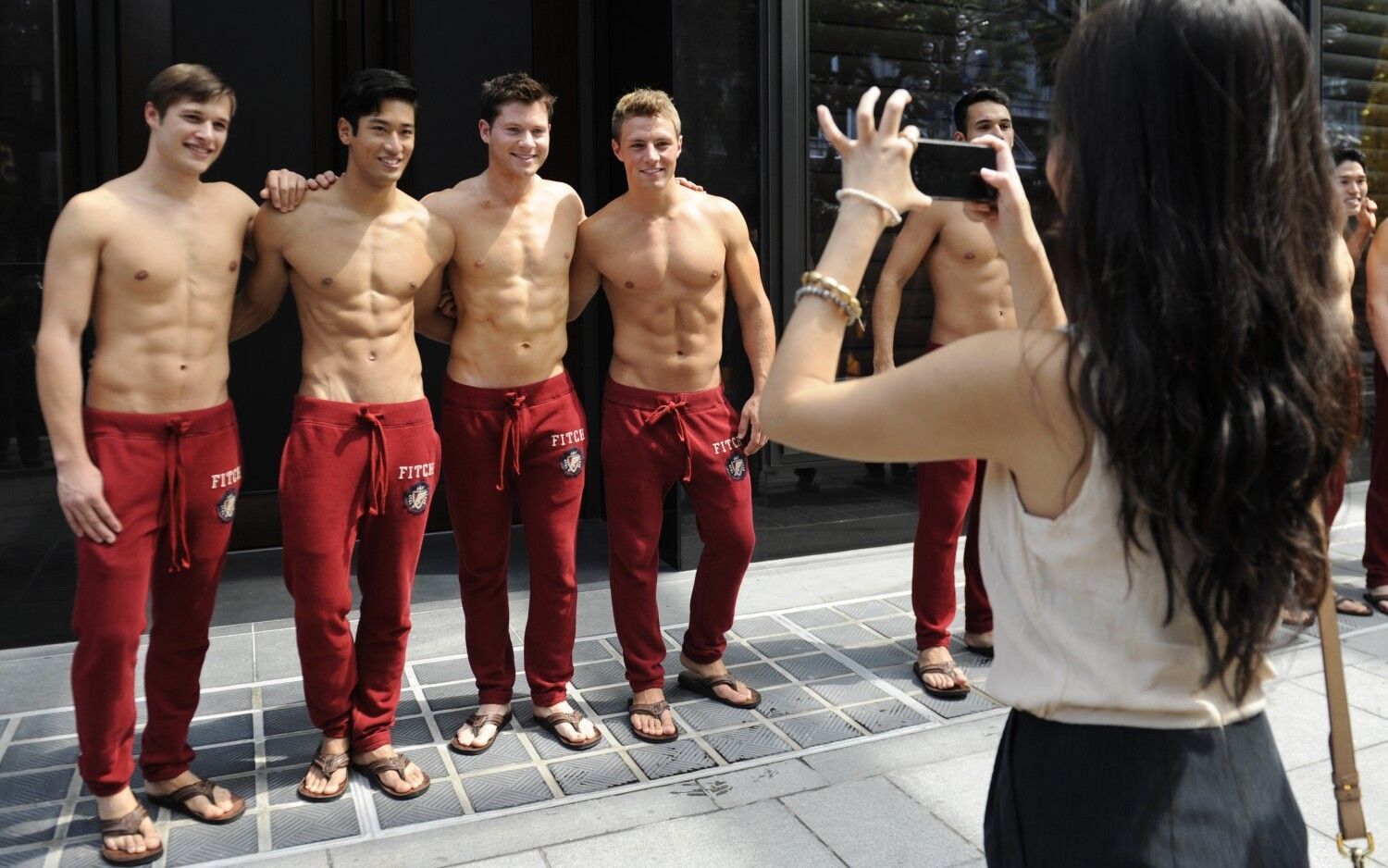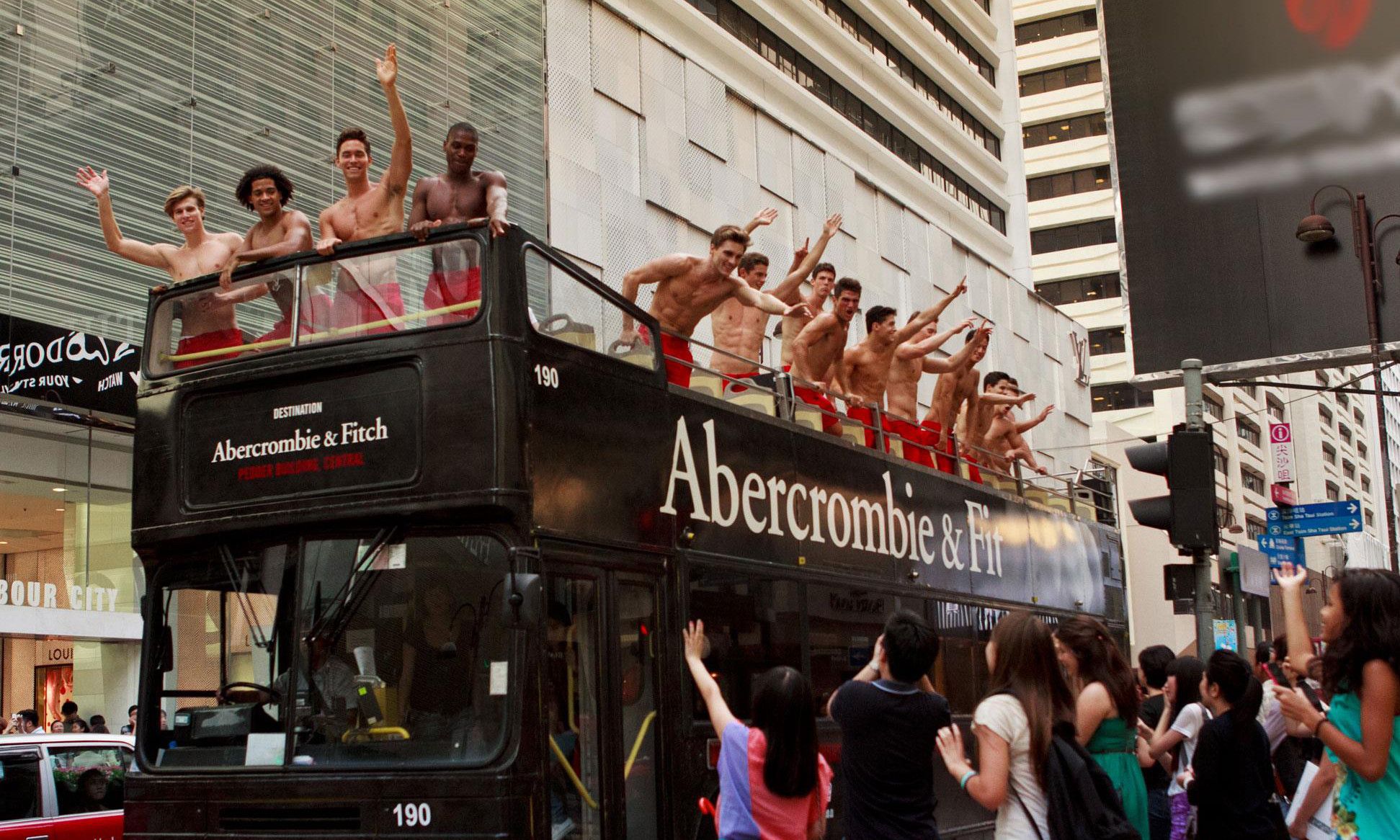
Abercrombie & Fitch: the downfall of a fashion icon Why young people don't love the famous American brand now?
In a few days, rumors about a possible takeover of Abercrombie & Fitch have become more and more concrete. In fact, the American brand is not having such a good time, rating a harsh stop of its profits – from 35,6 million dollars to 3,9 million of the last January. Last May 10th at Wall Street the American brand reached the top of its crisis by rating a 14% about the possibility of a corporate merger – with two big companies, Express and American Eagle Outfitters. Not only that, last March Abercrombie & Fitch announced the closure of 60 American stores, but the collapse of the brand has started a long time ago. In 2012 brand's sales have started to decrease both European market and American – with profits of 2,5% during the first trimester.
Since then, the dramatic decline of Abercrombie & Fitch hasn't stopped, until today, when the possibility of a takeover of the brand seems real.
But why does the American brand stop to be loved by young people?
The answer is simple: Abercrombie & Fitch is no longer cool. If during the 90s and the early 00s the brand founded by David Abercrombie in 1892 was a most-wanted status symbol, sadly today isn't.
Let's think about it, everything Abercrombie & Fitch has shown in fashion is now demodé. The brand symbol of young carefreeness, for which to flaunt the branded logo and a luxury lifestyle was the utmost aspiration, has lost its charm. Committed-models that accommodated customers in stores, more like discos with the volume of music at its most, and the Paris Hilton-like imaginary that the brand has always wanted to convey has ceased to be an attraction for younger customers.
Why? Easy: the consumer has changed. Unlike teenagers from 20 years ago, today Millennials have very different shopping habits. First of all, their tastes in clothing are much more "refined": no more interested in the prestige of the logo, today's kids prefer basic clothes to customize and match as they want. A more personal style, therefore, that can represent their "identity", where the pre-packaged looks of a brand like Abercrombie & Fitch find no space.
Not only that, Millennials seem to prefer a more "cheap" and ethical fashion: today's young consumers have developed a certain focus on the quality of production of garments and on brands' social-ethical policies, and seem immune to the fascination of flamboyant luxury. In fact, the last few seasons have shown that the most-followed trends are those that draw on a certain "underground" style, preferring do-it-yourself and sporty clothes, far from the Abercrombie & Fitch's luxury imaginary.
If the new generation of customers seems to be the first cause of Abercrombie & Fitch's failure, you need to not underestimate its competitors. Big fast-fashion chains such as H&M and Zara offer a wide range of items who are constantly "updated" at rough prices, certainly far more in line with the needs and tastes of today's young customers. In addition, the practice of online shopping is now the favorite of the Millennials, which on e-shop sites can search, select and create their wardrobe directly from their home, avoiding mass migration to the malls typical of many years ago.
Well, there seems to be no place in today's fashion for a brand like Abercrombie & Fitch. Its polo shirts and minidresses – at the center of a controversy in 2006 due to the too-small-size policy of the brand – no longer capture the attention of new generations of customers. The only future I can imagine for this American brand is a possible nostalgic revival, maybe with ironic mood, as has been the case for many 1990s brands. Posterity will judge.










































